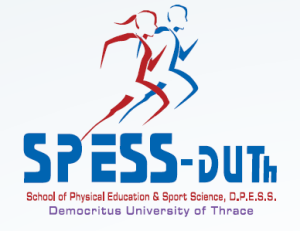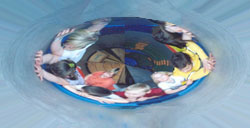K. Semoglou, A. Alevriadou and A. Tsapakidou
University of Wesstern Macedonia
Abstract
The purpose of the present study is to evaluate gross and fine motor performance of roma children and to investigate the possible differences between roma and non-roma children. Twenty Roma and 20 non-roma preschoolers and first grade primary school children participated in this study. The two following tests have been used: The Test of Gross Motor Development-2 (TGMD) (Ulrich, 2000), and the Developmental Test of Visual Motor Integration (VMI) (Beery, 1997). The data shows that there were statistically significant differences only in the VMI, which shows roma children’s underachievement in fine motor skills. This underdevelopment of fine motor skills may be impeded by the different daily routine of their families and their infrequent attendance of kindergarten. The significance of early childhood education is being emphasized as a key component of roma’s school success.
Keywords:
Greek gypsies, motor performance, preschool children
Download (pdf, 106kb)






